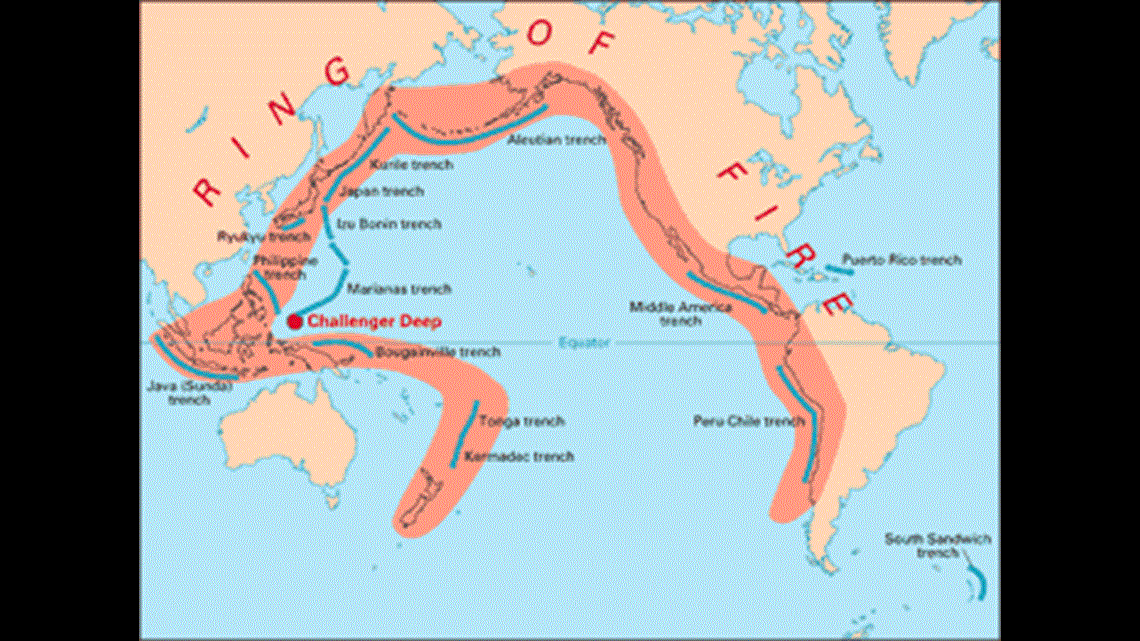If you live in an earthquake-prone area, chances are you’ve thought about what you’ll do in the event of an earthquake. But a common misconception could have you darting for a doorway, which could put you at increased risk.
According to the United States Geological Survey, the advice is outdated. In the past, it was thought that in reinforced masonry structures, the door frame may be the only thing left standing in the aftermath of a strong earthquake. While that may have been true in the past, in modern homes “doorways are no stronger than any other parts of the house and usually have doors that will swing and can injure you.”


So what should you do in the event of an earthquake? The safest practice is to “Drop, Cover, and Hold On.” Quickly maneuvering under a sturdy piece of furniture like a strong desk or table offers much more safety than a doorway. If you’re outdoors, stay there. But be sure to look up to stay away from trees, buildings, walls, and power lines. In large high rise buildings, get under a table but stay away from windows and elevators. If you’re driving and notice shaking, pull over to the side of the road and stop. Overpasses and power lines could be unstable during major quakes. Stay inside your car until the shaking is over. Lastly, if you’re in a crowded place, do not rush for the doors. Crouch down and cover your neck with your arms and hands.
Experts encourage people to practice the “Drop, Cover, and Hold On” method at work and home twice a year.



